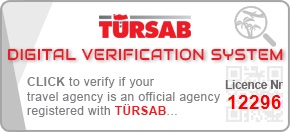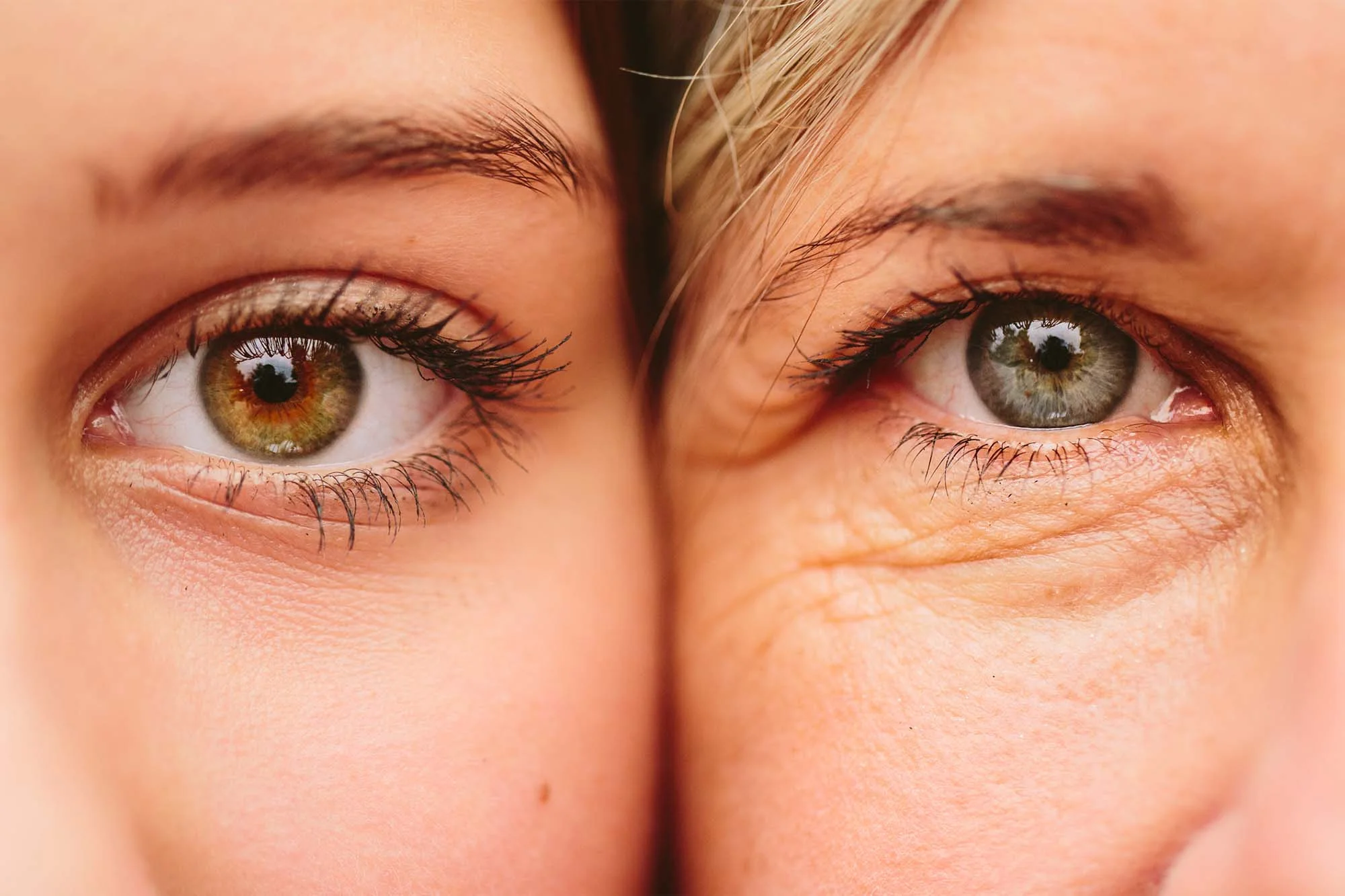The delicate periorbital region is often the first area to betray the signs of aging, stress, and fatigue. Hollow eyes, sagging eyelids, and persistent under-eye shadows can impart a tired or aged appearance, even in individuals who feel vibrant and energetic. Addressing these concerns requires a sophisticated understanding of facial anatomy and the nuanced application of advanced surgical techniques. Among the most effective and enduring solutions are blepharoplasty, commonly known as eyelid surgery, and autologous fat transfer, a procedure designed to restore lost volume and rejuvenate the surrounding tissues. This article provides an authoritative examination of these procedures, their synergistic benefits, and the comprehensive approach required for optimal, natural-looking results.
Table of Contents
Understanding Periorbital Rejuvenation
The periorbital area, encompassing the eyelids and surrounding tissues, is complex. Aging manifests in various ways, from skin laxity and excess fat to volume depletion and changes in bone structure. A comprehensive approach to rejuvenation must address these multifaceted changes.
The Anatomy of Eye Aging
With age, several structural changes contribute to an aged appearance around the eyes. The skin loses elasticity, leading to wrinkles and sagging. Muscles weaken, and orbital fat pads can prolapse, creating ‘bags’ under the eyes. Simultaneously, there can be a significant loss of subcutaneous fat and bone density in the midface and tear trough region, leading to a hollowed-out or sunken appearance, particularly affecting the under eyes.
Addressing Hollow Eyes and Sunkenness
Hollow eyes, characterized by a gaunt or depressed appearance beneath the lower eyelids, are primarily due to volume loss. This can be exacerbated by genetic predisposition, significant weight loss, or the natural aging process. Traditional blepharoplasty often focuses on removing excess skin and fat; however, it does not inherently address volume deficits. For true rejuvenation of sunken eyes, particularly when there’s a significant tear trough deformity or generalized hollowing, fat transfer around eyes is increasingly recognized as a superior solution, offering a natural and long-lasting restoration of youthful contours.
Blepharoplasty: A Foundational Approach
Blepharoplasty is a highly effective surgical procedure designed to correct sagging eyelids, remove excess skin, and eliminate puffiness around the eyes. It can be performed on the upper eyelids, lower eyelids, or both, depending on the patient’s specific needs.
Upper Blepharoplasty: Defining the Crease
Upper blepharoplasty targets excess skin and, occasionally, fat on the upper eyelids that can create a hooded appearance, impair peripheral vision, and make individuals look perpetually tired. The procedure involves making a precise incision within the natural crease of the upper eyelid, allowing the surgeon to remove redundant skin and, if necessary, a small amount of fat. The result is a more open and refreshed eye appearance.
Lower Blepharoplasty: Addressing Bags and Loose Skin
Lower blepharoplasty focuses on reducing under-eye bags, tightening loose skin, and smoothing wrinkles below the lower lash line. Depending on the individual’s anatomy and the cause of their concerns, the incision may be made just below the lash line (transcutaneous approach) or inside the lower eyelid (transconjunctival approach). The transconjunctival method is often preferred when only fat removal or repositioning is required, as it leaves no visible external scar. For comprehensive solutions, especially when dealing with prominent eye bags, learning more about Blepharoplasty in Turkey can be highly informative.
Considerations for Blepharoplasty Candidates
Ideal candidates for blepharoplasty are generally healthy individuals with realistic expectations who are bothered by excess skin, fat, or muscle laxity around their eyes. It is crucial to have a thorough consultation to determine if blepharoplasty alone will suffice or if a combined approach with fat transfer is more appropriate, especially when significant hollowness or sunken eyes are present.
Autologous Fat Transfer: Restoring Volume and Youth
Autologous fat transfer, also known as fat grafting or fat injection, is a sophisticated procedure that utilizes a patient’s own fat cells to restore volume and improve skin quality in various areas of the body, including the delicate periorbital region. This method is particularly effective for correcting volume deficiencies that contribute to a hollow or aged appearance.
The Science Behind Fat Grafting
The principle of fat transfer involves three key steps: harvesting fat from a donor site (typically the abdomen, flanks, or thighs), processing the fat to purify the fat cells, and reinjecting the purified fat into the target area. Beyond simply adding volume, transplanted fat cells contain mesenchymal stem cells and growth factors that can enhance the vitality and texture of the overlying skin, leading to improved skin quality and a more youthful glow. A study published in the Aesthetic Surgery Journal by Ghasemi et al. (2018) highlighted the significant regenerative potential of autologous fat grafting for periorbital rejuvenation, noting its efficacy in improving skin quality, reducing dark circles, and restoring volume in the tear trough and orbital rim areas, attributing these benefits to the rich cellular components within the fat graft.
Fat Transfer for Under Eyes: Precision and Natural Results
When performed by an experienced surgeon, fat transfer for under eyes is a highly precise procedure. Micro-droplets of fat are meticulously injected into areas of volume deficit, such as the tear troughs, orbital rim, and upper cheek area. This careful placement ensures smooth, natural contours without overfilling. The use of a patient’s own tissue eliminates the risk of allergic reactions and provides results that are both soft to the touch and harmonious with the surrounding facial features. For individuals seeking to correct a tired or hollow appearance, under eyes fat transfer offers a natural and long-lasting solution.
The Procedure: From Harvest to Rejuvenation
The fat transfer procedure begins with liposuction to gently harvest fat cells from a chosen donor site. This is typically a minor procedure performed under local anesthesia. The collected fat is then carefully processed to separate viable fat cells from fluids and other cellular debris. Finally, the purified fat is precisely injected into the periorbital region using fine cannulas. The entire process is designed to maximize the survival rate of the transplanted fat cells.
Benefits of Fat Transfer Around Eyes
The advantages of fat transfer around eyes extend beyond mere volume restoration. Patients often report improved skin texture, reduced fine lines, and a brighter appearance due to the regenerative properties of the fat graft. The results are exceptionally natural, as the fat integrates seamlessly with existing tissues, creating a softer, more youthful contour that can endure for many years, often permanently. To explore this treatment further, consider learning more about Fat Transfer in Turkey.
The Synergy of Blepharoplasty and Fat Transfer for Hollow Eyes
While blepharoplasty effectively addresses excess skin and fat, and fat transfer restores volume, combining these two procedures offers a holistic approach to periorbital rejuvenation. This synergistic combination is particularly powerful for patients presenting with both lax skin/bags and significant hollowness, offering a more complete and harmonious outcome.
Achieving Comprehensive Eye Rejuvenation
A combined approach allows the surgeon to not only remove redundant skin and fat that contribute to bags and hooding but also to replenish lost volume, thereby addressing sunken eyes treatment. For example, lower blepharoplasty can remove protruding fat pads, while fat transfer can simultaneously fill the tear trough, smoothing the transition between the lower eyelid and cheek. This prevents the ‘skeletonized’ look that can sometimes result from fat removal alone when underlying volume deficits are not addressed. The result is a more rested, youthful, and naturally balanced appearance around the eyes.
Customised Treatment Plans for Optimal Outcomes
Every patient’s facial anatomy and aesthetic goals are unique. A skilled plastic surgeon will conduct a thorough assessment to determine the most appropriate combination of techniques. This might involve upper blepharoplasty with lower eyelid fat transfer, or a more extensive approach addressing both upper and lower eyelids with comprehensive fat grafting to correct blepharoplasty and fat transfer for hollow eyes. The goal is always a customized treatment plan that respects individual facial features and delivers optimal, natural-looking results.
The Surgical Journey: What to Expect
Embarking on a cosmetic surgical journey requires careful planning and understanding of each phase, from initial consultation to full recovery.
Initial Consultation and Assessment
The initial consultation is a critical step. During this appointment, the surgeon will assess your periorbital anatomy, discuss your aesthetic concerns, review your medical history, and evaluate your overall health. Digital imaging may be used to plan the surgery and provide a visual representation of potential outcomes. This is also an opportunity for you to ask questions and establish clear expectations.
Preparation for Your Procedure
Once a treatment plan is established, you will receive detailed pre-operative instructions. These typically include: 1. Avoiding certain medications, such as aspirin, ibuprofen, and herbal supplements, which can increase bleeding, for at least two weeks prior to surgery. 2. Arranging for someone to drive you home after the surgery and to assist you for the first 24-48 hours. 3. Quitting smoking several weeks before surgery, as smoking can impair healing. 4. Fasting for a specified period before the procedure, typically starting the night before.
The Day of Surgery
On the day of your surgery, you will arrive at the clinic or hospital. The procedure is typically performed under local anesthesia with sedation or general anesthesia, depending on the extent of the surgery and patient preference. The duration of the surgery varies but typically ranges from 2 to 4 hours for combined blepharoplasty and fat transfer.
Post-Operative Care and Recovery Timeline
Following your surgery, careful adherence to post-operative instructions is vital for a smooth recovery and optimal results.
Week 1: Initial Healing
Immediately after surgery, you may experience swelling, bruising, and some discomfort around the eyes. Cold compresses and prescribed pain medication will help manage these symptoms. You will be advised to keep your head elevated, avoid strenuous activities, and refrain from rubbing your eyes. Stitches, if external, are usually removed within 5-7 days. During this initial phase, vision may be temporarily blurry due to swelling.
Month 1-3: Swelling Resolution and Integration
Most significant bruising and swelling typically subside within the first few weeks. However, subtle swelling can persist for several months, especially after fat transfer, as the fat grafts integrate with the surrounding tissues. During this period, light activities can be resumed, but heavy lifting and intense exercise should still be avoided. The results will gradually become more apparent as the healing progresses.
Beyond 3 Months: Final Results
By three to six months, the majority of the swelling will have resolved, and the final results of your blepharoplasty and fat transfer will be largely visible. The rejuvenated appearance of your eyes, with restored volume and smoother contours, will be established. The longevity of fat transfer results is often permanent, though natural aging will continue.
Safety, Risks, and Complications
While both blepharoplasty and fat transfer are generally safe procedures when performed by a qualified and experienced plastic surgeon, like any surgical intervention, they carry potential risks. These include temporary blurring of vision, dry eyes, infection, asymmetry, bruising, swelling, scarring, and in rare cases, more serious complications such as vision changes or fat embolism. A thorough discussion of these risks and benefits with your surgeon is imperative before proceeding.
Choosing Your Surgeon and Clinic
The success of your blepharoplasty and fat transfer for hollow eyes largely depends on the skill and experience of your surgical team. It is essential to choose a board-certified plastic surgeon with extensive experience in periorbital rejuvenation and fat grafting techniques. Look for clinics that prioritize patient safety, utilize state-of-the-art facilities, and offer comprehensive pre- and post-operative care. Reputation, patient testimonials, and a portfolio of before-and-after photos are valuable indicators of a surgeon’s expertise.
Cost Comparison: Turkey vs. United Kingdom
For many international patients, including those from the United Kingdom, the cost-effectiveness of medical procedures in Turkey is a significant draw. The quality of care often rivals or surpasses that found in Western countries, yet prices are substantially lower, without compromising on safety or expertise. Below is a comparative overview of typical costs for periorbital rejuvenation procedures, with prices estimated in GBP for clarity:
| Service/Item | Turkey Price (GBP) | United Kingdom Price (GBP) |
|---|---|---|
| Upper Blepharoplasty | £1,800 – £2,500 | £3,500 – £5,500 |
| Lower Blepharoplasty | £2,200 – £3,000 | £4,500 – £7,000 |
| Fat Transfer for Hollow Eyes | £2,000 – £3,500 | £3,500 – £6,000 |
| Combined Blepharoplasty & Fat Transfer | £3,500 – £5,500 | £7,000 – £12,000 |
| Eye Treatments (Consultation + Minor) | £150 – £300 | £300 – £600 |
These figures are approximate and can vary based on the clinic, surgeon’s experience, and the complexity of the individual case. However, they clearly illustrate the financial advantage of choosing Turkey for high-quality medical aesthetic procedures.
Why Consider CK Health Turkey for Your Eye Rejuvenation?
CK Health Turkey stands as a premier destination for international patients seeking high-quality, comprehensive eye rejuvenation procedures, including advanced Eye Treatments in Turkey. We specialize in providing tailored solutions for conditions like hollow eyes and aging eyelids, combining the expertise of highly skilled surgeons with state-of-the-art medical facilities. Our commitment to patient care encompasses every stage of your journey, from initial consultation and bespoke treatment planning to meticulous post-operative support. We understand the specific needs of international patients, offering seamless coordination for travel, accommodation, and all aspects of your medical trip, ensuring a comfortable and stress-free experience. Our focus on natural, aesthetically pleasing results, coupled with significant cost advantages, makes CK Health Turkey an unparalleled choice for achieving a refreshed and youthful appearance. We invite you to get in touch with our dedicated team for a personalized consultation or to explore our website further and discover how we can help you achieve your aesthetic goals.
Achieving a refreshed and youthful eye appearance often requires more than a singular approach; it demands a comprehensive strategy that addresses both excess tissue and volume deficits. The combination of blepharoplasty and fat transfer for hollow eyes represents a pinnacle in periorbital rejuvenation, offering a powerful synergy to correct signs of aging, restore natural contours, and enhance overall facial harmony. By understanding the intricacies of these procedures, selecting a highly qualified surgeon, and adhering to diligent post-operative care, individuals can achieve remarkable, long-lasting results that defy the conventional markers of time. The journey to a more vibrant and confident self is well within reach, supported by advanced techniques and dedicated medical expertise.
FAQs
What is the primary difference between blepharoplasty and fat transfer for hollow eyes?
Blepharoplasty primarily removes excess skin and fat to address sagging eyelids and under-eye bags, while fat transfer focuses on restoring lost volume, particularly for hollow eyes or sunken areas, using the patient’s own fat cells.
Can I undergo both blepharoplasty and fat transfer at the same time?
Yes, it is common and often recommended to combine blepharoplasty and fat transfer, especially when a patient presents with both excess skin/fat and significant volume loss around the eyes. This integrated approach can achieve more comprehensive and harmonious rejuvenation.
How long do the results of fat transfer around eyes last?
The results of fat transfer are generally long-lasting, often considered permanent. Once the transplanted fat cells establish a blood supply and survive, they will live as normal fat cells in the new location. However, natural aging processes will continue over time.
What is the typical recovery time for combined blepharoplasty and fat transfer?
Initial recovery, with most swelling and bruising subsiding, typically takes 2-4 weeks. However, subtle swelling can persist for several months, with final results becoming visible around 3-6 months post-procedure. Adherence to post-operative care instructions is crucial for optimal healing.
Is fat transfer for under eyes safe?
Yes, autologous fat transfer is considered safe because it uses your own body’s tissue, eliminating the risk of allergic reactions. When performed by an experienced and qualified surgeon, complications are rare, although like any surgery, risks exist.
Will blepharoplasty and fat transfer make me look unnatural?
A skilled and experienced surgeon aims to achieve natural-looking results. The goal is to refresh and rejuvenate your appearance, not to drastically change it. Customized treatment plans ensure that the procedures enhance your natural features.
Are there any alternatives to surgery for hollow eyes?
For minor hollowness, temporary fillers (like hyaluronic acid) can be used. However, their effects are temporary (6-18 months), and they do not offer the regenerative benefits or longevity of autologous fat transfer. For significant hollowness, surgery remains the most effective long-term solution.
How do I prepare for my combined eye rejuvenation surgery?
Preparation typically involves avoiding blood-thinning medications, quitting smoking, arranging for post-operative care, and following all pre-operative dietary and hydration instructions provided by your surgical team.



